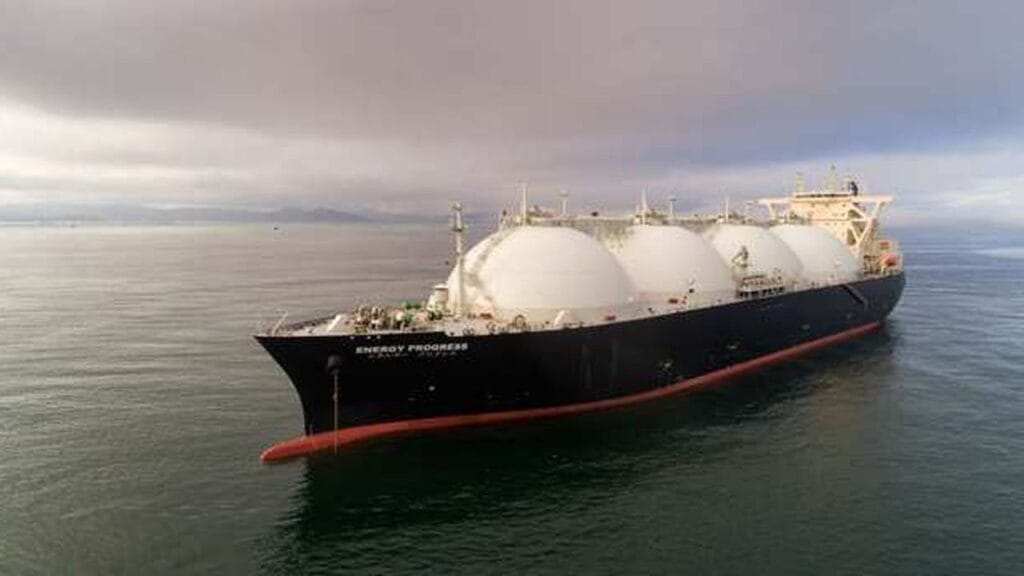Natural gas demand in India is expected to increase by nearly 60% by 2030, reaching 103 billion cubic meters (bcm) per year, according to a new report from the International Energy Agency (IEA).
This growth would mark a major turning point in the energy landscape of the South Asian country and “place it among the world’s largest gas consumers,” the report published on Wednesday stated.
After a decade of limited growth and periodic declines, natural gas consumption surged by more than 10% in 2023 and 2024, signaling a turning point, the document emphasizes, explaining this trend by the rise of infrastructure, the recovery of domestic production, and an expected easing of the global gas market.
Thus, according to the IEA, since 2019, India has quadrupled the number of compressed natural gas (CNG) stations and doubled domestic connections, while expanding its pipeline network by 40%. By 2030, these figures are expected to double again, while the capacity of the gas transportation network would increase by 50%.
The urban gas distribution sector is expected, according to the same source, to be the main driver of this growth, supported by the rapid expansion of CNG infrastructure and increased competitiveness compared to liquid fuels. Heavy and manufacturing industries are expected to add about 15 bcm to demand by 2030, while gas use in oil refining would increase by more than 4 bcm.
Furthermore, the report highlights that India’s domestic gas production, which covered 50% of demand in 2023, is expected to gradually grow to just under 38 bcm by 2030, an increase of 8% compared to 2023, noting that this limited increase in domestic supply will require a doubling of liquefied natural gas (LNG) imports, which are expected to reach 65 bcm per year by the end of the decade.
India has set a target to increase the share of gas in its energy mix to 15% by 2030, up from about 6% currently. The country has seven LNG terminals, and an eighth, with a nominal capacity of 6.8 bcm per year, is expected to come online in 2025.


